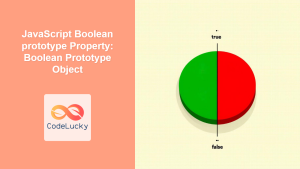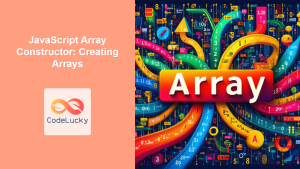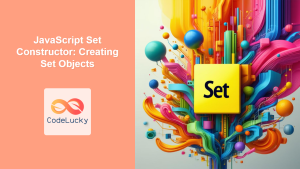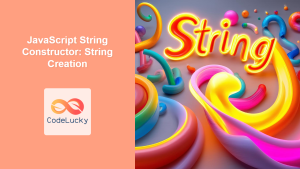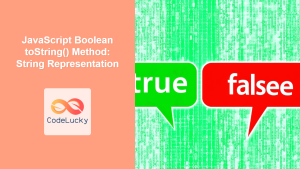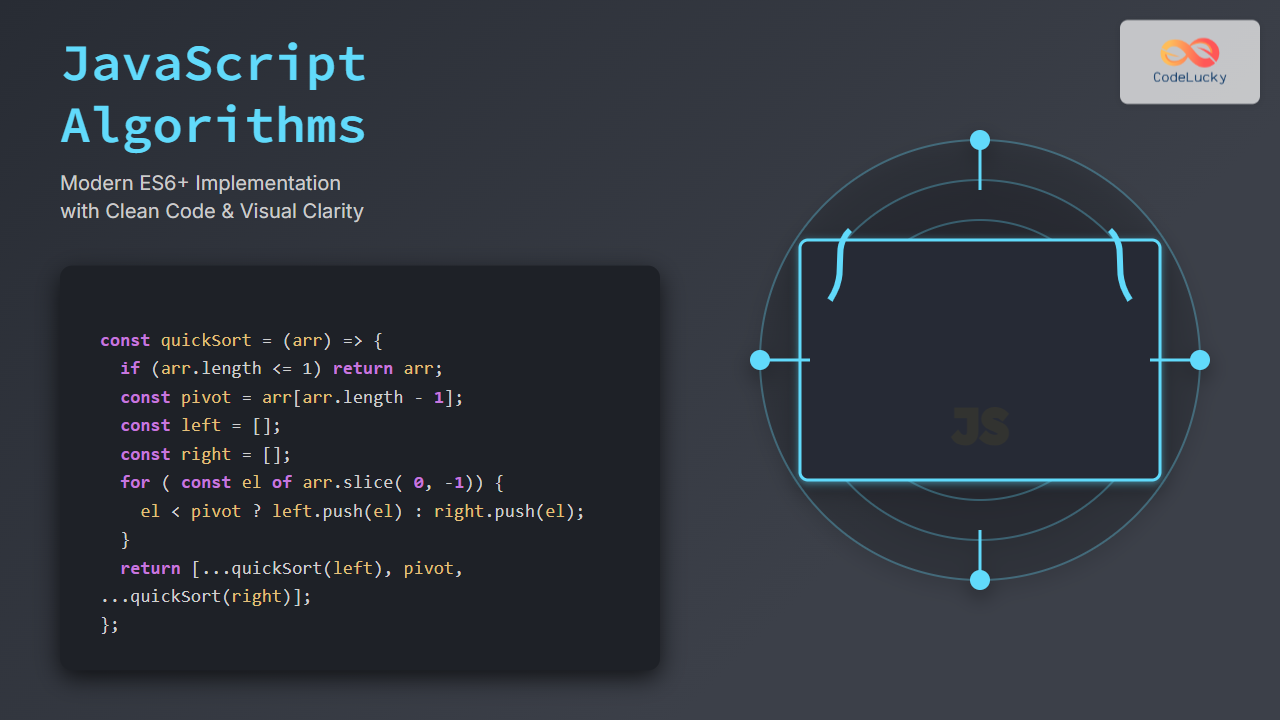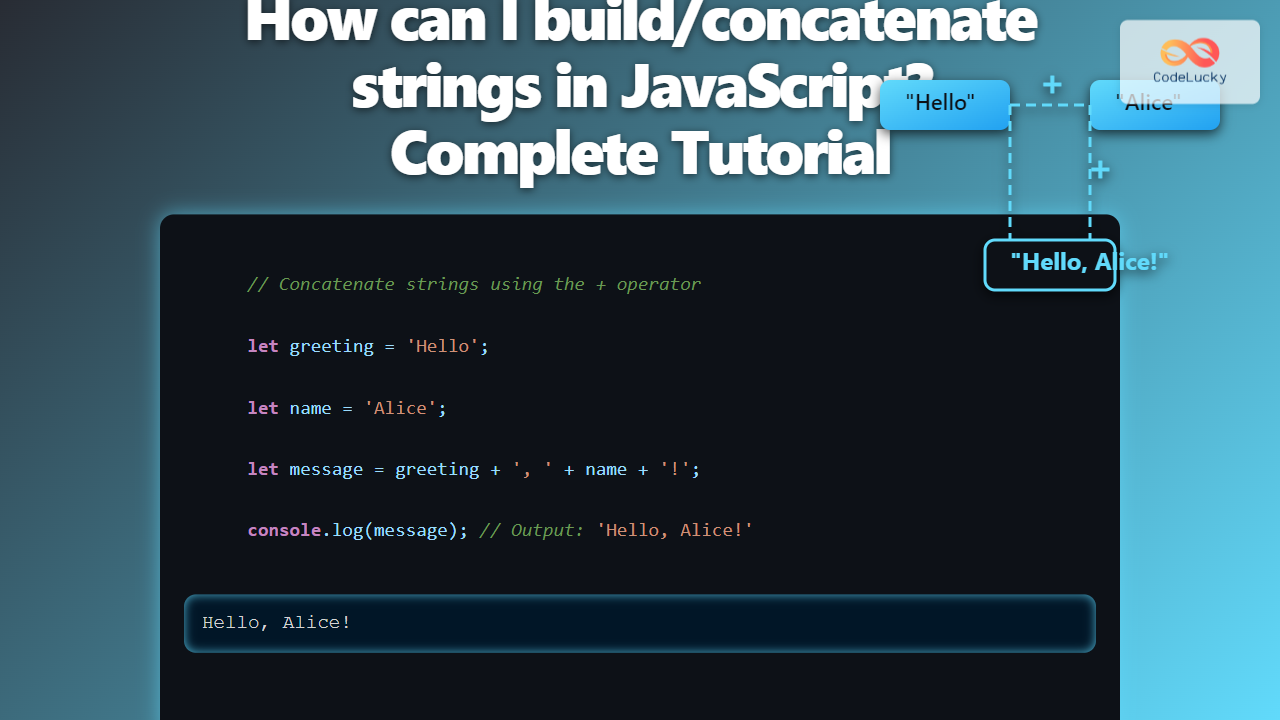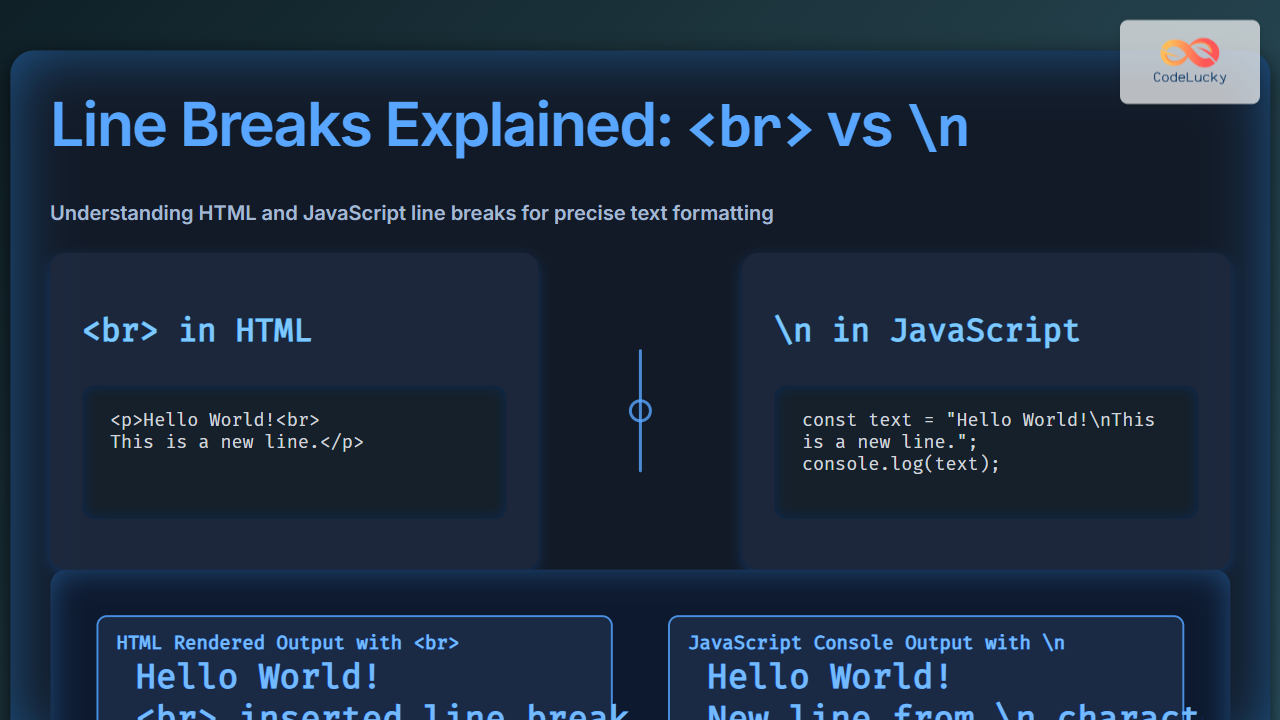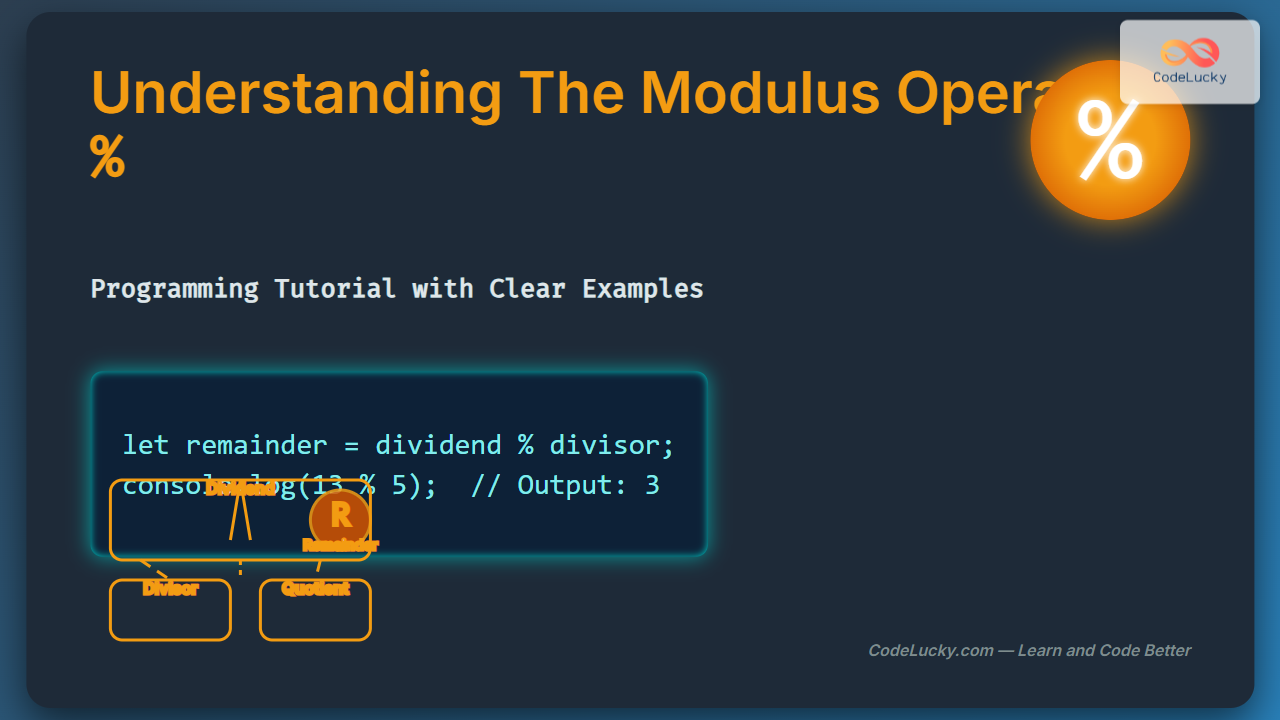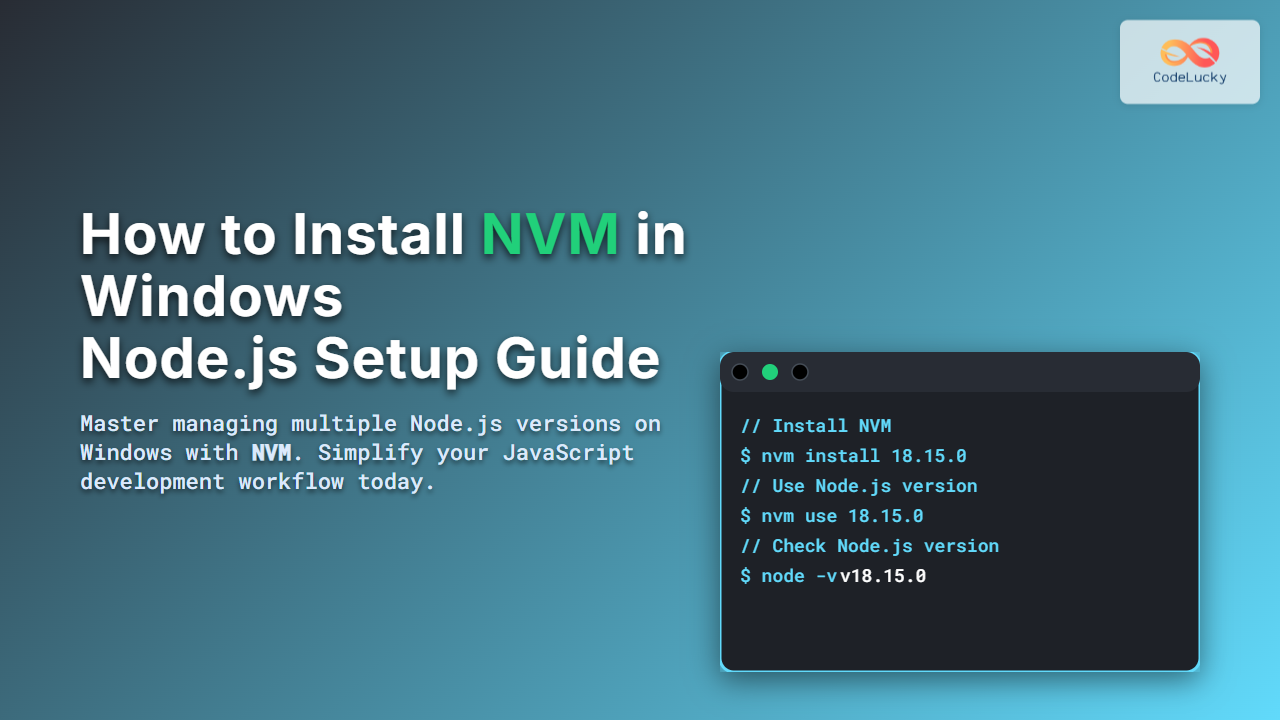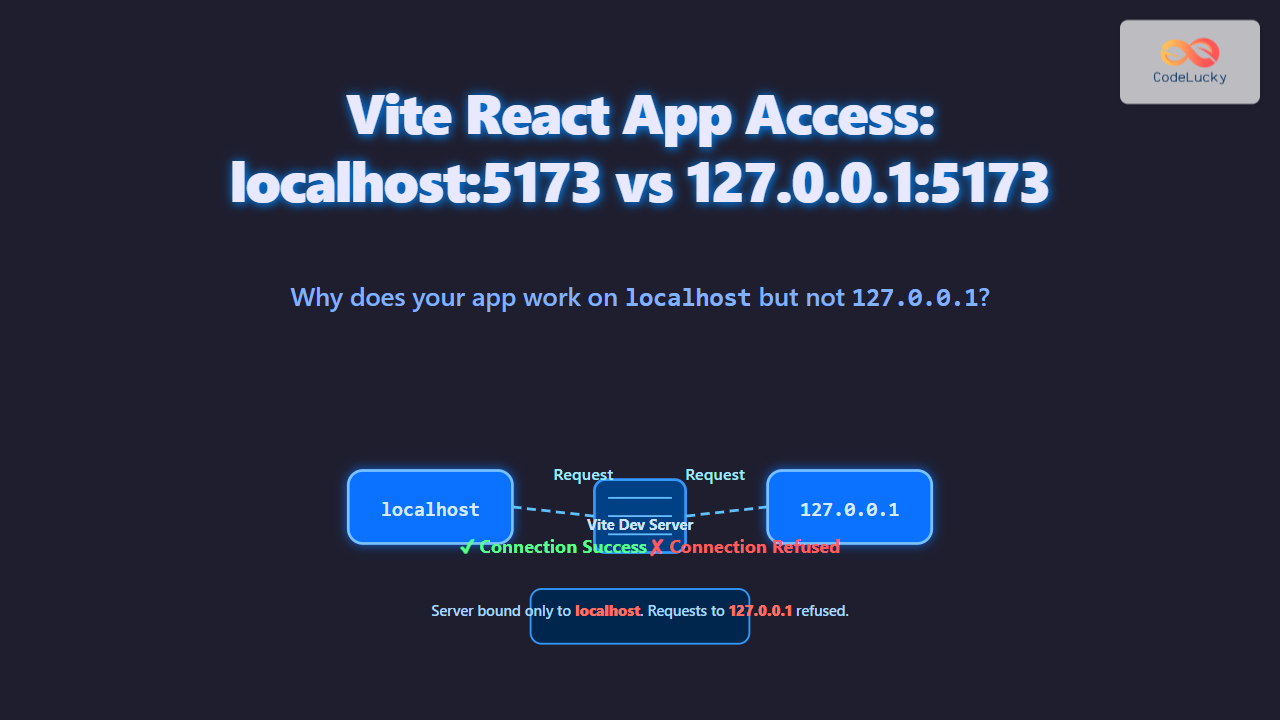JavaScript Boolean Constructor: Creating Boolean Objects
In JavaScript, the Boolean constructor is used to create Boolean objects. While primitive boolean values (true and false) are commonly used, understanding the Boolean constructor and its behavior is essential for nuanced JavaScript development. This guide will walk you through the process of creating Boolean objects and discuss their characteristics.
What is the Boolean Constructor?
The Boolean constructor is a built-in JavaScript function that creates new Boolean objects. It can be invoked with or without the new keyword. However, the behavior differs slightly in each case:
new Boolean(value): When used with thenewkeyword, it creates a newBooleanobject, an instance of theBooleanclass, which contains the givenvalue. This object is not a primitive boolean.Boolean(value): When used withoutnew, it acts as a type conversion function, converting the givenvalueto a primitive boolean.
Purpose of the Boolean Constructor
The primary purpose of the Boolean constructor is to:
- Create Boolean objects.
- Convert values of other types into boolean values.
- Understand truthiness and falsiness in JavaScript.
Syntax of the Boolean Constructor
The Boolean constructor has two forms:
-
Using the
newkeyword:new Boolean(value); -
Without the
newkeyword (type conversion):Boolean(value);
| Parameter | Type | Description |
|---|---|---|
| `value` | Any Type | The value to be converted into a boolean. If omitted, the created object contains `false`. |
Boolean Object Creation
Creating Boolean Objects with new
When you use the new keyword with the Boolean constructor, it creates a new Boolean object. This object is not a primitive true or false; it is an object wrapper around a boolean value.
<div id="boolean-object-output"></div>
<script>
const boolObjTrue_1 = new Boolean(true);
const boolObjFalse_1 = new Boolean(false);
const boolObjNumber_1 = new Boolean(1);
const boolObjString_1 = new Boolean("hello");
const boolObjEmpty_1 = new Boolean();
const outputContainer_1 = document.getElementById('boolean-object-output');
outputContainer_1.innerHTML = `
boolObjTrue_1: ${boolObjTrue_1} <br>
boolObjFalse_1: ${boolObjFalse_1} <br>
boolObjNumber_1: ${boolObjNumber_1} <br>
boolObjString_1: ${boolObjString_1} <br>
boolObjEmpty_1: ${boolObjEmpty_1}
`;
</script>
Output:
boolObjFalse_1: false
boolObjNumber_1: true
boolObjString_1: true
boolObjEmpty_1: false
Key Differences Between Boolean Objects and Primitive Booleans
It’s important to understand that Boolean objects behave differently than primitive booleans:
- Type: Boolean objects are of type
object, whereas primitive booleans are of typeboolean. - Conditional Evaluation: Boolean objects evaluate to
truein conditional statements, regardless of their value. Primitive boolean values will follow the normal rules oftrueorfalse.
<div id="boolean-diff-output"></div>
<script>
const boolObj_2 = new Boolean(false);
const boolPrimitive_2 = false;
let result_2_1 = boolObj_2 ? "Truthy" : "Falsy";
let result_2_2 = boolPrimitive_2 ? "Truthy" : "Falsy";
const outputContainer_2 = document.getElementById('boolean-diff-output');
outputContainer_2.innerHTML = `
boolObj_2 is: ${result_2_1} <br>
boolPrimitive_2 is: ${result_2_2}
`;
</script>
Output:
boolPrimitive_2 is: Falsy
Note: It’s generally advisable to avoid using new Boolean() unless you have a specific need for a Boolean object. Primitive booleans are typically sufficient and less prone to causing confusion. ⚠️
Type Conversion Using the Boolean() Function
When the Boolean constructor is called without the new keyword, it acts as a type conversion function, returning a primitive boolean value. The constructor determines truthiness based on the following rules:
- Falsy Values:
false,0,-0,""(empty string),null,undefined, andNaNare converted tofalse. - Truthy Values: All other values, including non-empty strings, numbers other than zero, objects, and arrays, are converted to
true.
<div id="boolean-convert-output"></div>
<script>
const boolConvertFalse_3 = Boolean(0);
const boolConvertTrue_3 = Boolean(1);
const boolConvertString_3 = Boolean("test");
const boolConvertEmptyString_3 = Boolean("");
const boolConvertNull_3 = Boolean(null);
const boolConvertObject_3 = Boolean({});
const outputContainer_3 = document.getElementById('boolean-convert-output');
outputContainer_3.innerHTML = `
Boolean(0): ${boolConvertFalse_3} <br>
Boolean(1): ${boolConvertTrue_3} <br>
Boolean("test"): ${boolConvertString_3} <br>
Boolean(""): ${boolConvertEmptyString_3} <br>
Boolean(null): ${boolConvertNull_3} <br>
Boolean({}): ${boolConvertObject_3}
`;
</script>
Output:
Boolean(1): true
Boolean(“test”): true
Boolean(“”): false
Boolean(null): false
Boolean({}): true
Use Cases for the Boolean Constructor
While creating Boolean objects is less common, type conversion using Boolean() has several practical use cases:
- Conditional Logic: Explicitly converting values to boolean for use in conditional statements.
- Data Validation: Ensuring that inputs are treated as either true or false.
- Function Return Values: Enforcing boolean return types.
Real-World Application: Validating Form Inputs
Here’s a practical example showing how to use Boolean() to validate user inputs in a form:
<div style="padding: 20px; border: 1px solid #ddd;">
<label for="inputField">Enter some text:</label>
<input type="text" id="inputField" placeholder="Type here">
<button id="validateBtn">Validate</button>
<p id="validationResult"></p>
</div>
<script>
const inputField_4 = document.getElementById('inputField');
const validateBtn_4 = document.getElementById('validateBtn');
const validationResult_4 = document.getElementById('validationResult');
validateBtn_4.addEventListener('click', function() {
const inputText = inputField_4.value;
const isValid = Boolean(inputText);
validationResult_4.textContent = isValid ? "Input is valid." : "Input is not valid.";
});
</script>
Interactive Output:
Try typing something in the input box and click the “Validate” button. You’ll see that it validates truthiness based on if the input field is empty. This is because in Javascript, an empty string is falsy, while non empty string is truthy.
Conclusion
The Boolean constructor in JavaScript is used for both creating Boolean objects and performing type conversions to primitive booleans. While Boolean objects are less frequently used, the Boolean() function is invaluable for handling truthiness and falsiness. Understanding its behavior is essential for writing robust and predictable JavaScript code.





